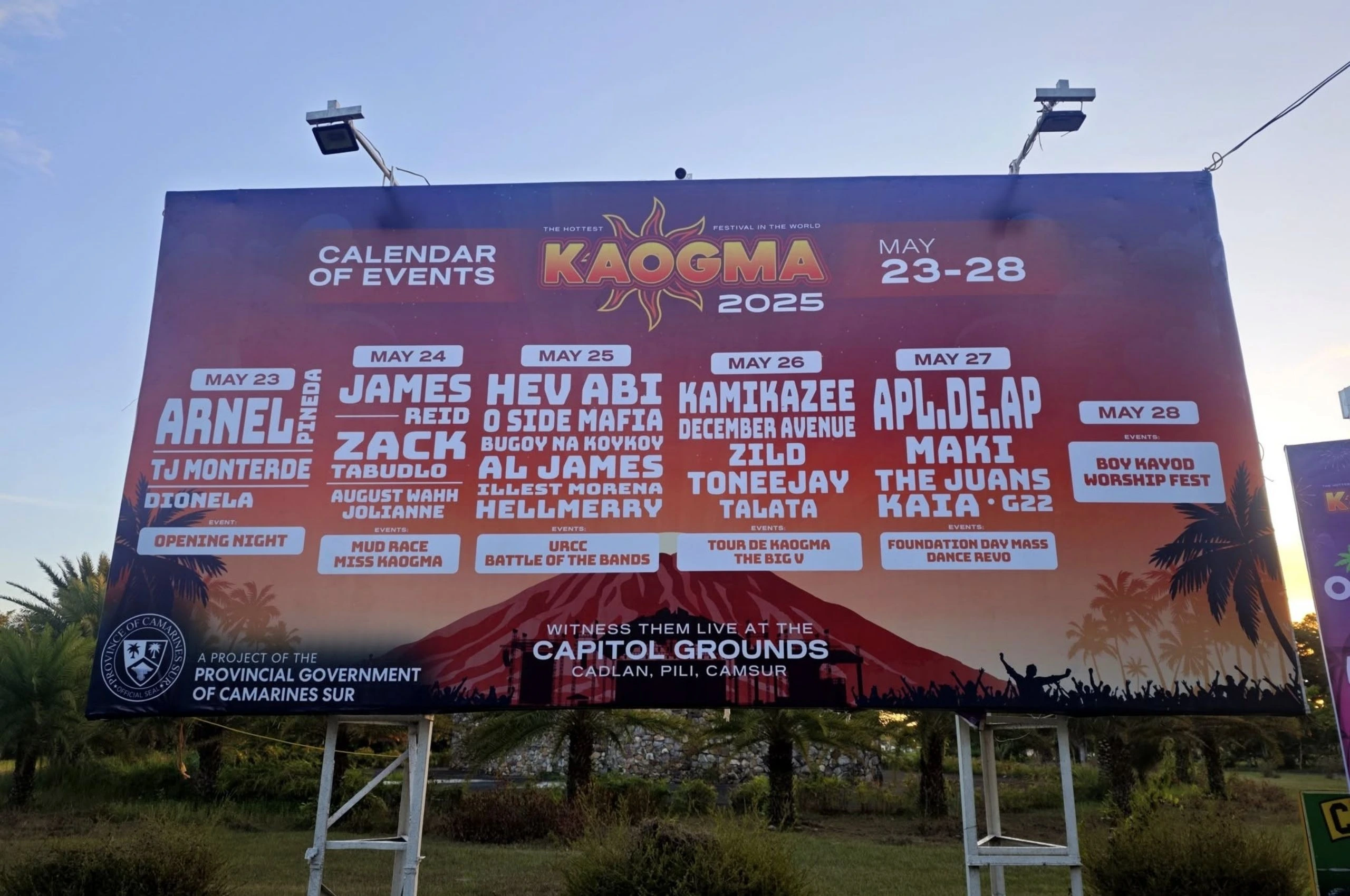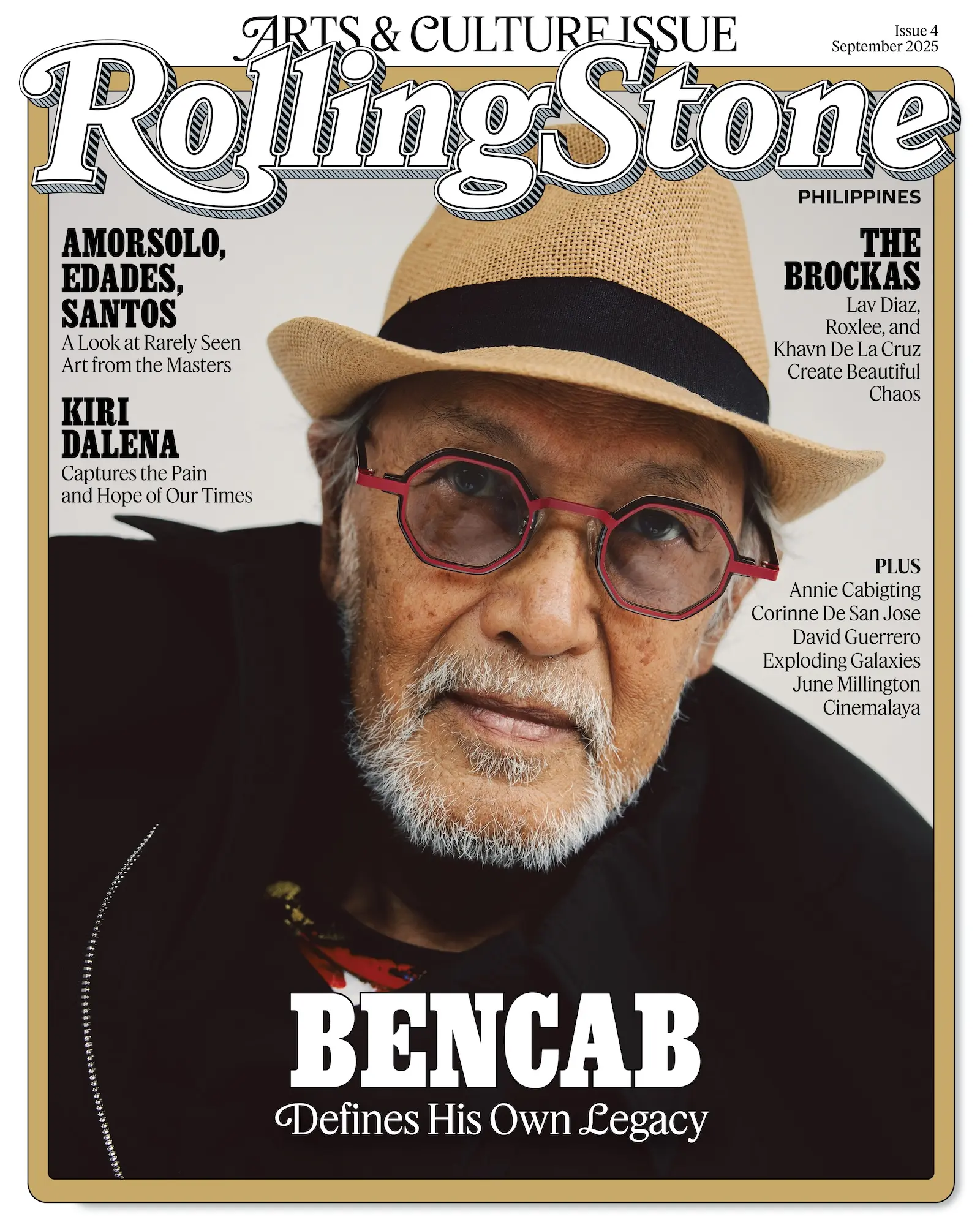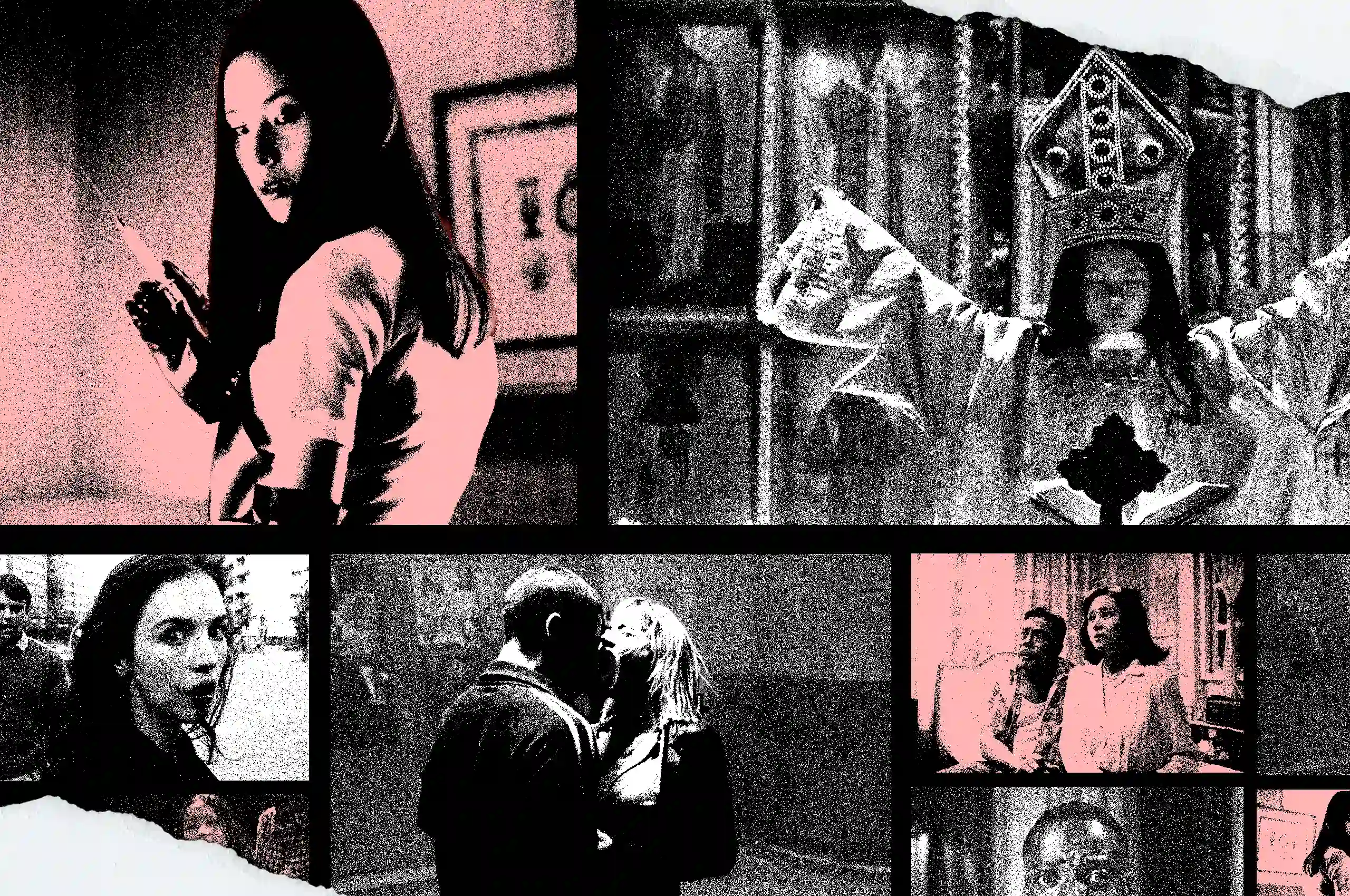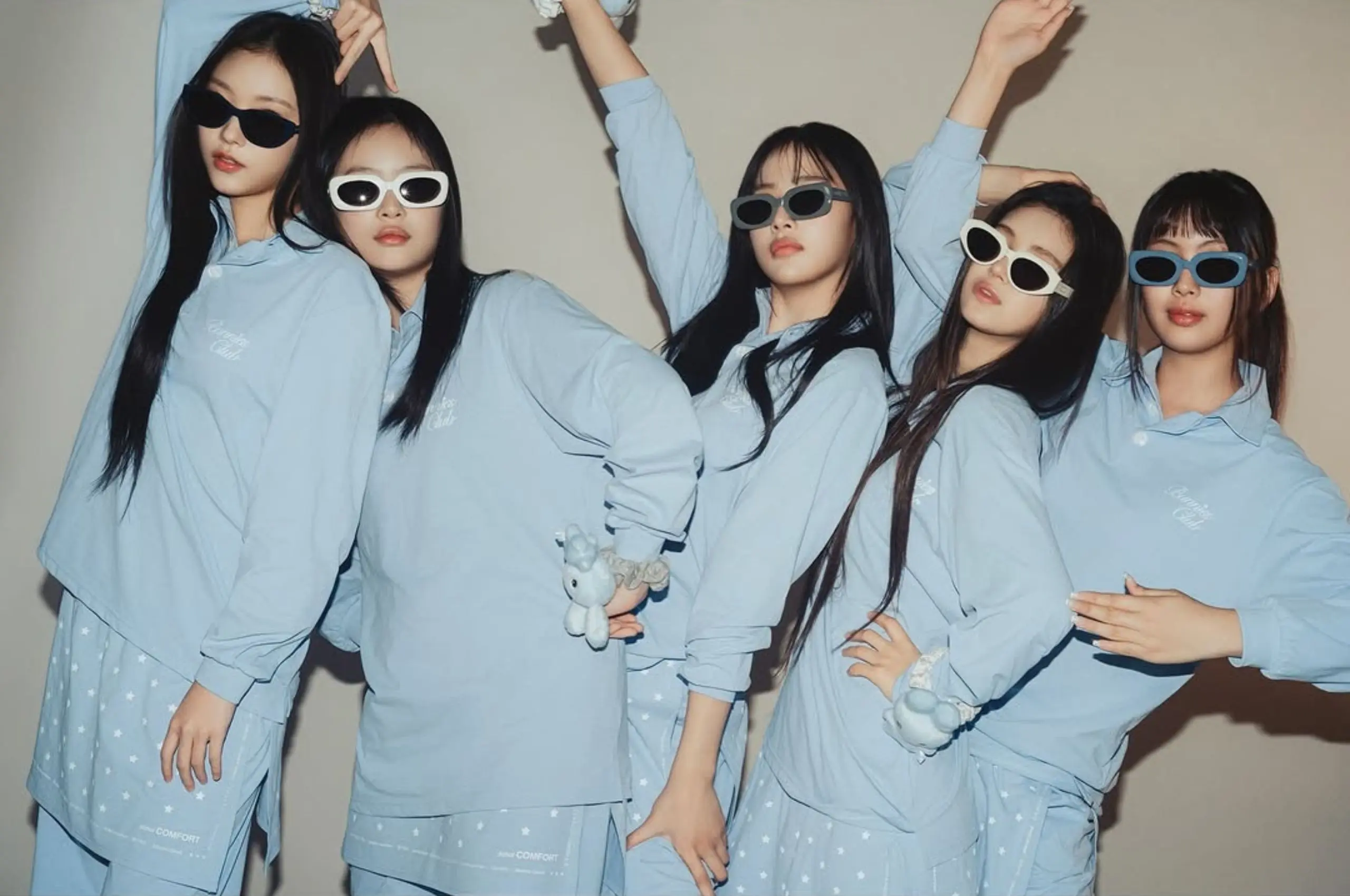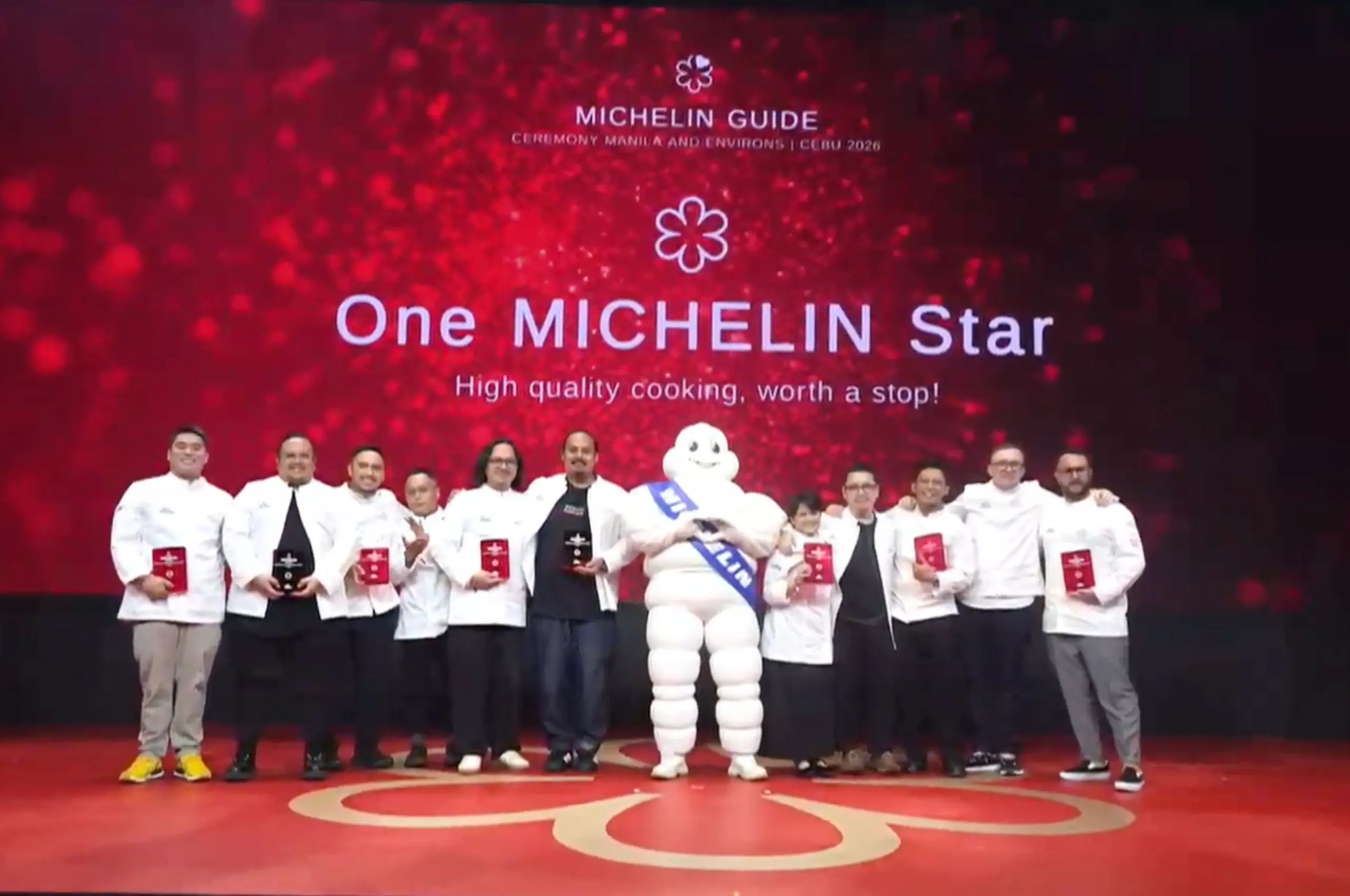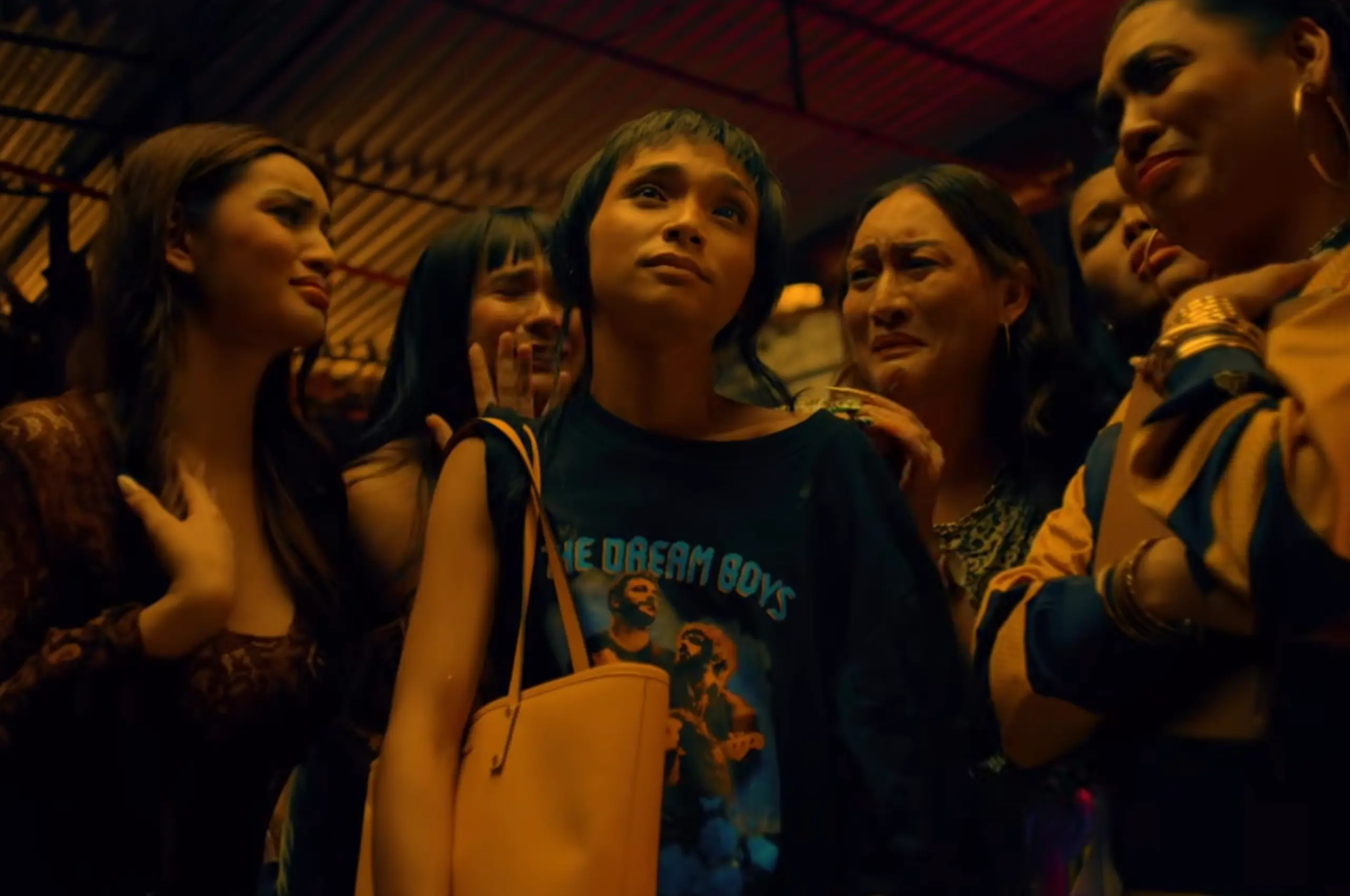The Kaogma Festival 2025, or more popularly known as Camarines Sur’s week-long founding anniversary blowout, has assembled a line-up that puts Manila’s tired festival circuit to shame. The billboard looms over Pili’s main highway, its design suspiciously familiar: palm trees framing the bottom, a tiered lineup of performers, Mount Isarog standing in for Coachella’s desert peaks. “Are you ready, Cam Sur?” the provincial government’s social media teases and, for once, the hype feels warranted. And not to mention, the festival is free admission.
The 2025 roster reads like a fever dream. From ex-Journey frontman Arnel Pineda belting “Don’t Stop Believin’” under the Bicolano sun, Apl.de.Ap resurrecting Black Eyed Peas’ early aughts hits, to P-Pop’s KAIA and G22 sharing a poster with controversial rap kingpin Bugoy na Koykoy. Add rock stalwarts like Zild and icons December Avenue alongside hip-hop heavyweights Hev Abi and Al James and, suddenly, Kaogma’s “happiness” theme feels less like a slogan and more like a threat to Manila’s complacent promoters.
What’s jarring isn’t just the names, but the audacity of their pairing. Where Manila festivals cling to genre silos where it’s all-hip-hop here, all-OPM there for instance, Kaogma throws everything at the wall. The result? A fantasy baseball draft of acts where UV Express classics collide with rakista anthems and P-Pop choreography. The curation shocks people because it shouldn’t work. Unlike Manila’s corporate-sponsored events, where brands dictate lineups, Kaogma seems like they’re achieving this cultural mission. The festival’s deliberate artist clash creates something Manila rarely achieves: actual discovery.
The festival’s grown beyond its roots from events such as Battle of the Bands, the Tour de Kaogma bike races, the beauty pageants — the government of Camarines Sur wouldn’t be a festival without these activities. Now, the music doesn’t just accompany the activities; it dominates.
What Manila can learn from Kaogma isn’t just about budgets (though the provincial government’s willingness to spend helps). It’s about treating lineups as conversations, not checklists. Where Big Manila fests recycle the same 20 acts annually, Kaogma books like it’s got nothing to lose because culturally, the festival doesn’t.
That freedom births moments Manila can’t replicate: Apl.de.Ap freestyling over traditional kundiman, or Bugoy na Koykoy shutting down a mosh pit of provincial college kids. It’s messy, unpredictable, and alive in ways corporate festivals haven’t been for years. As the billboard’s Coachella-esque design suggests, Kaogma’s rewriting most of it. And with each passing year, the question grows louder. If a provincial government can throw the Philippines’ most exciting music event, what’s Manila’s excuse?
